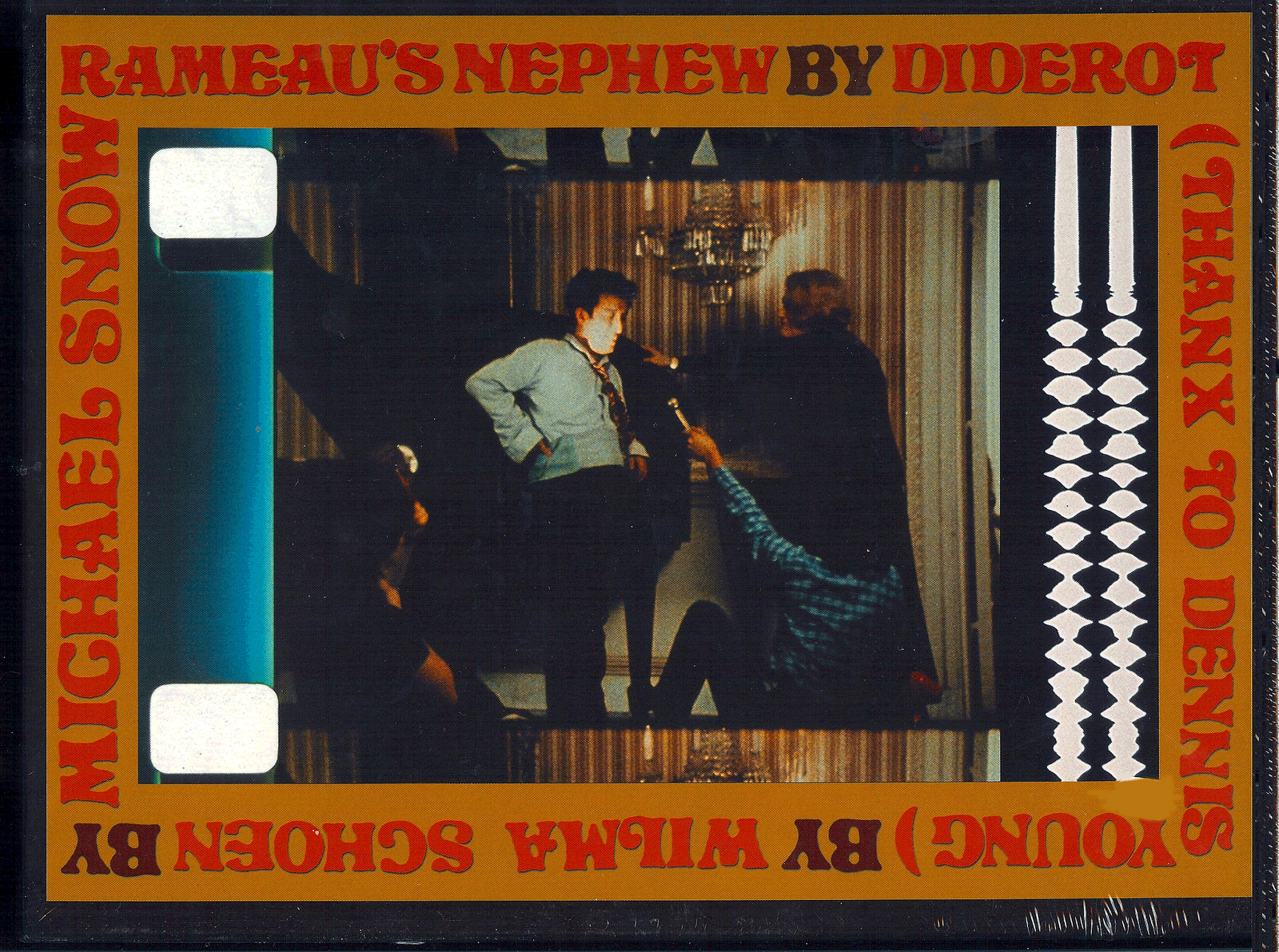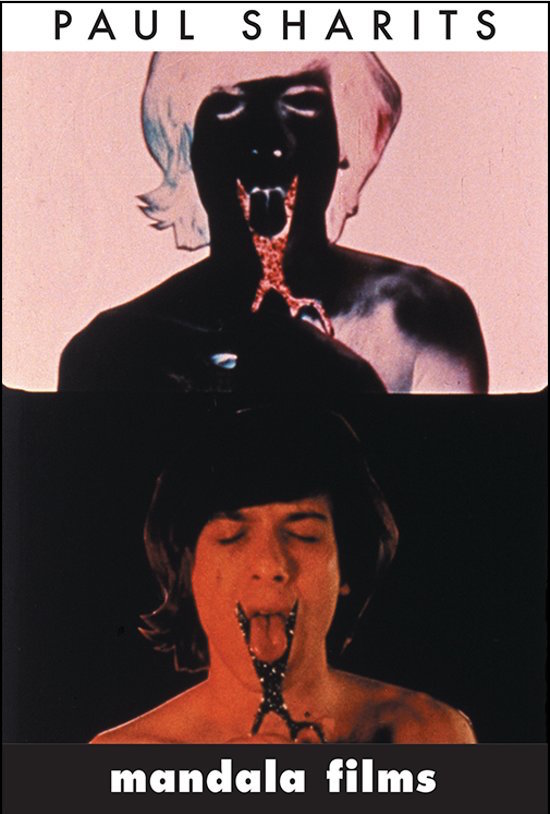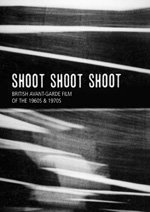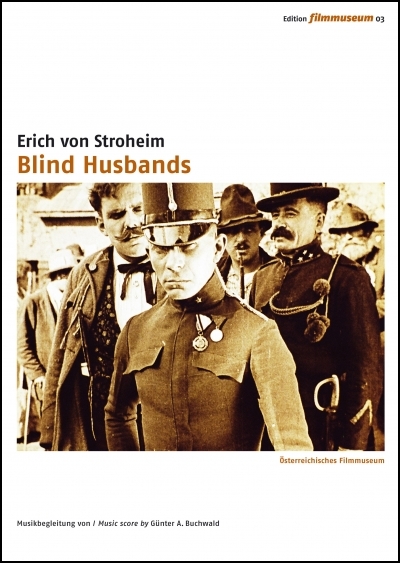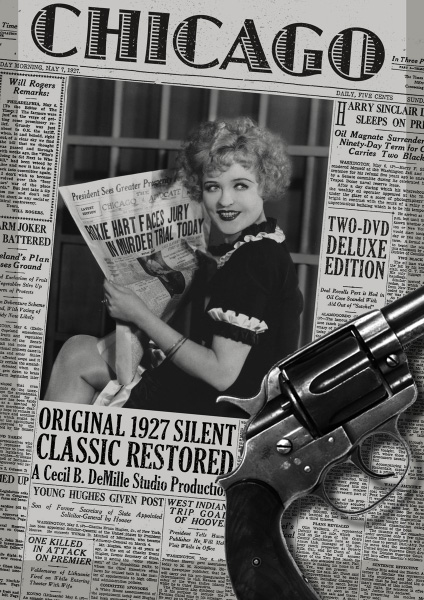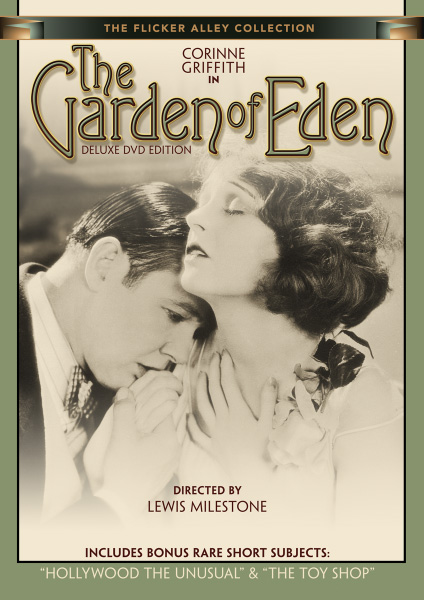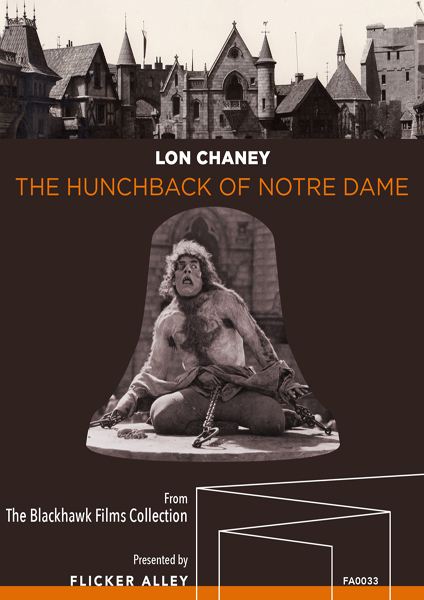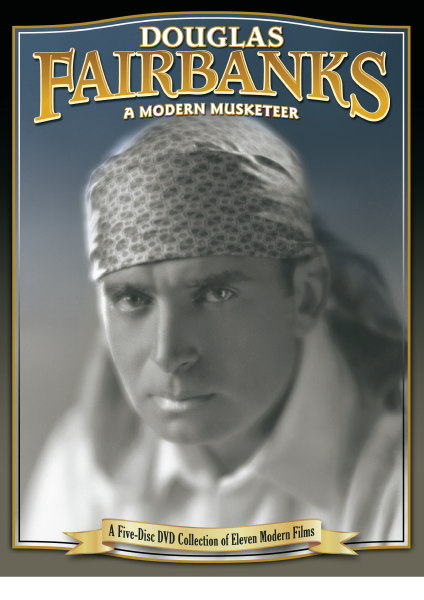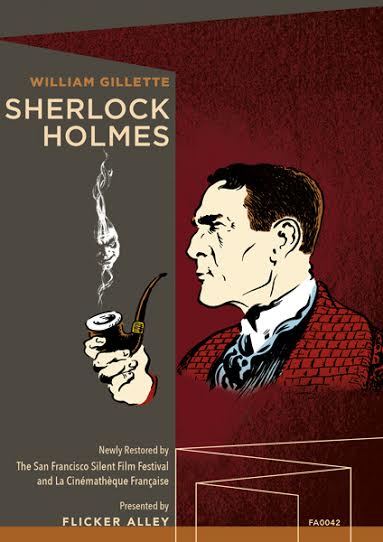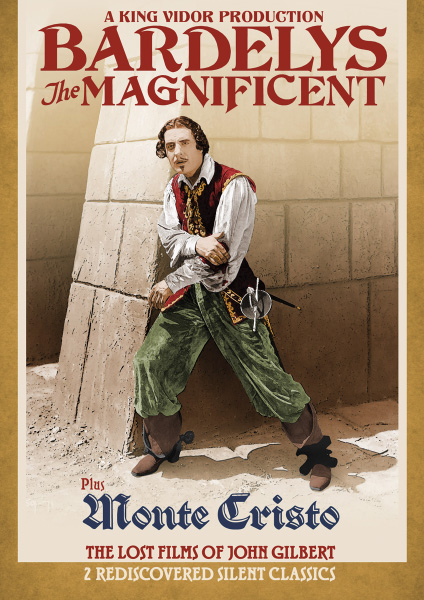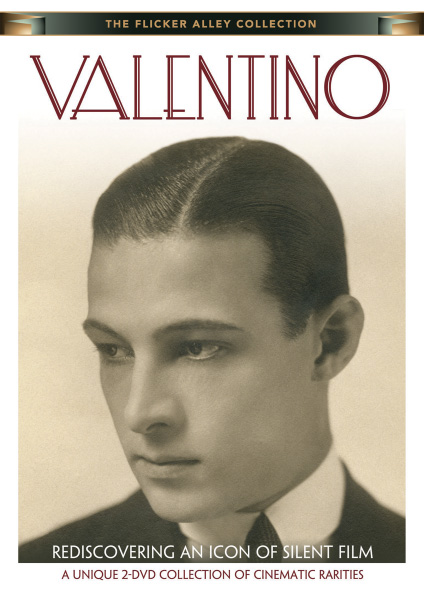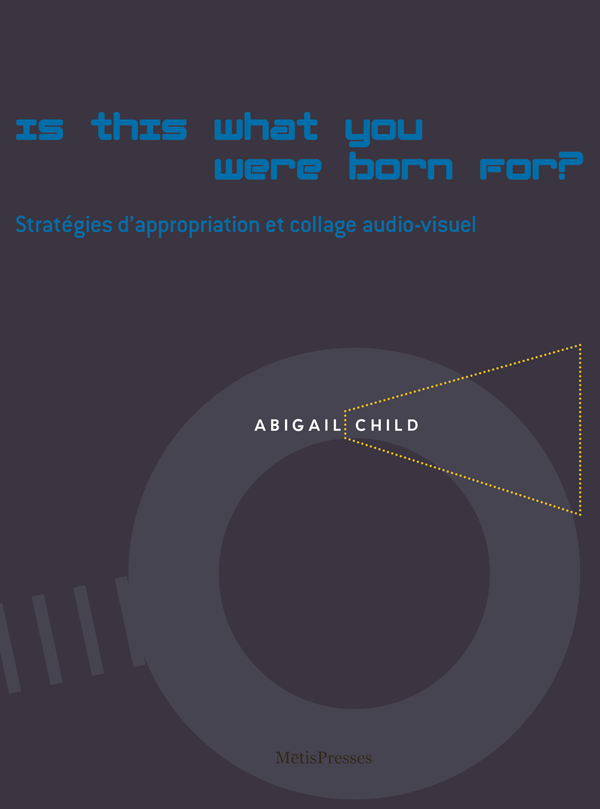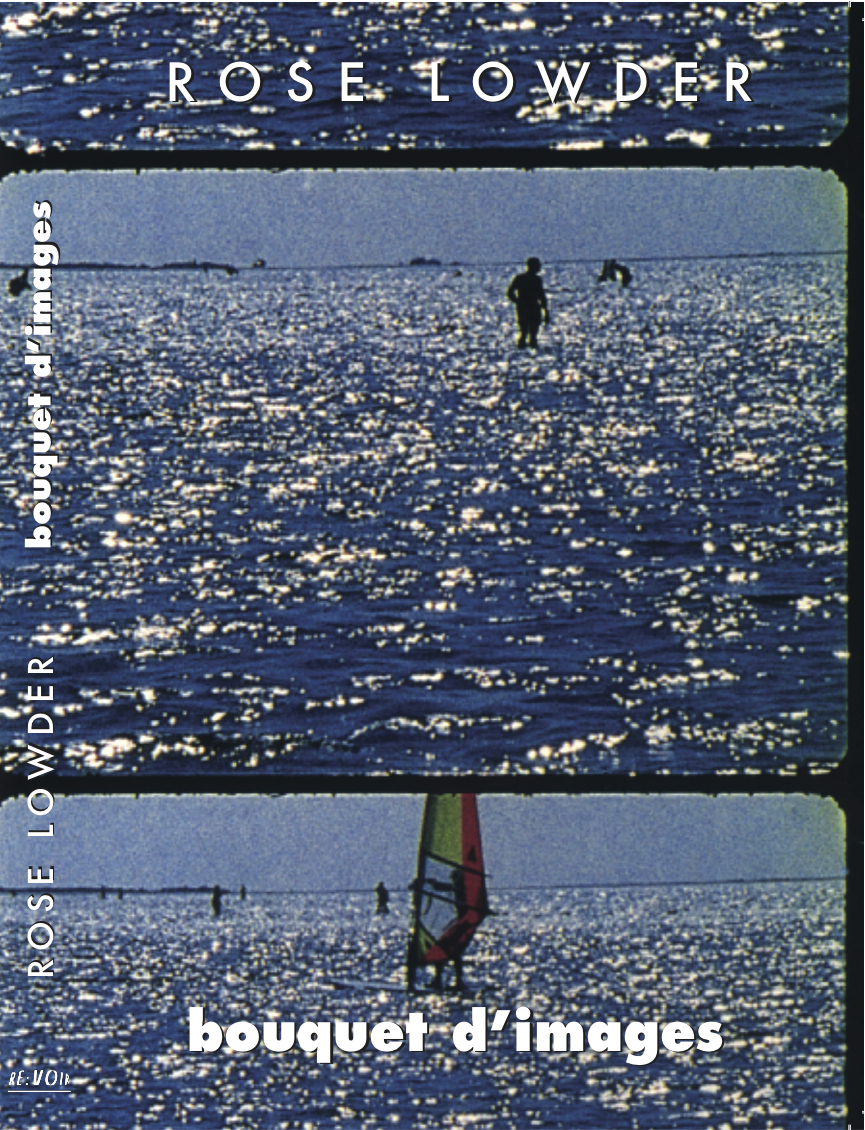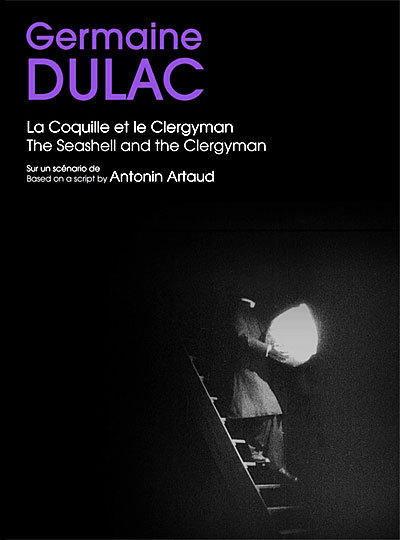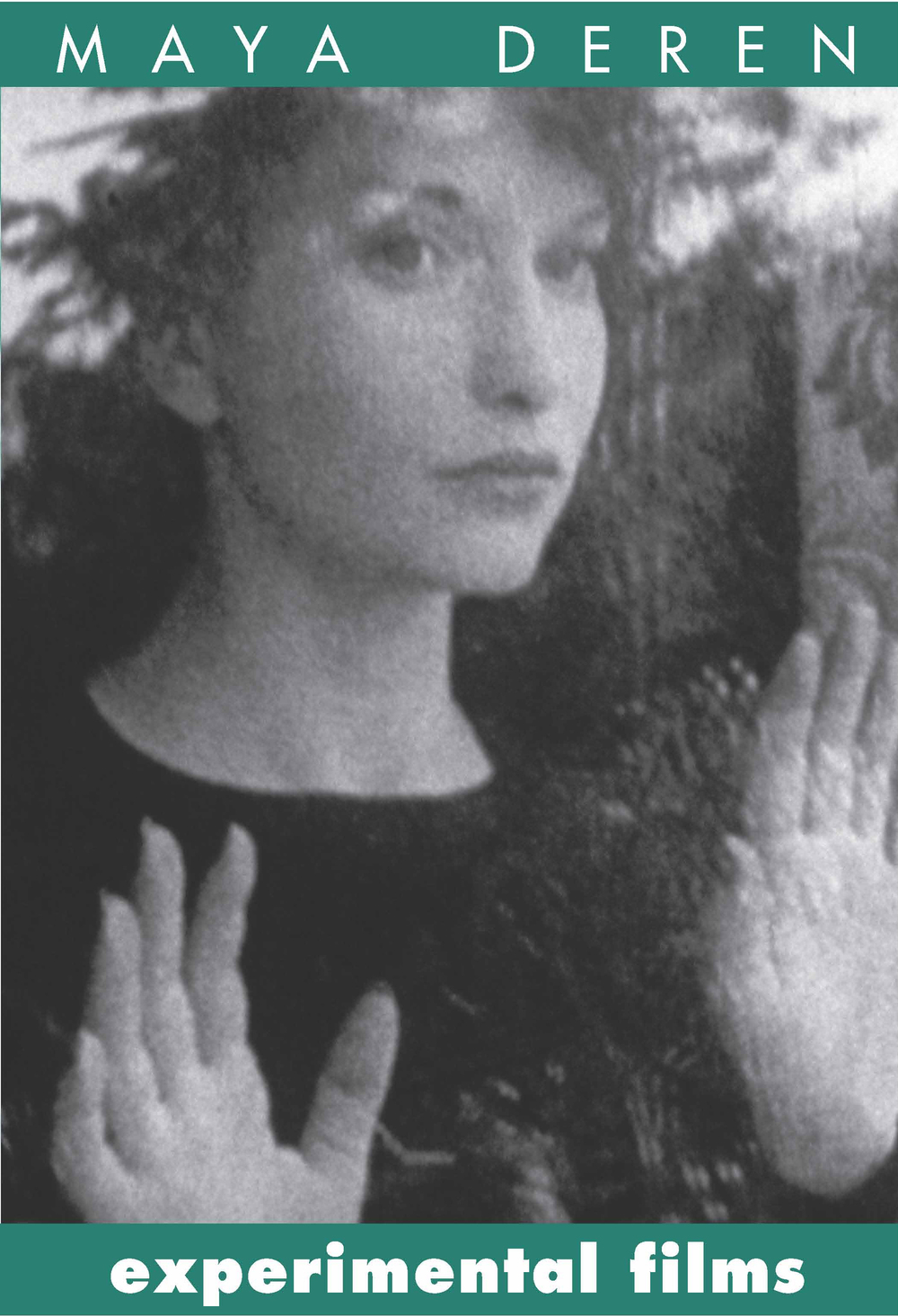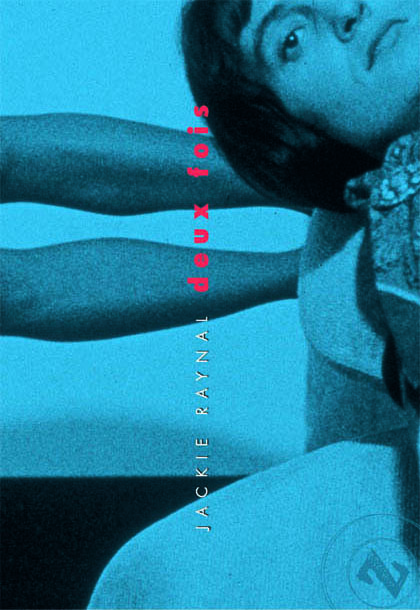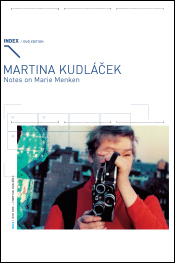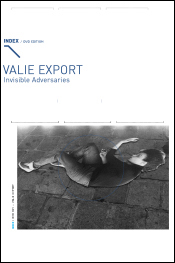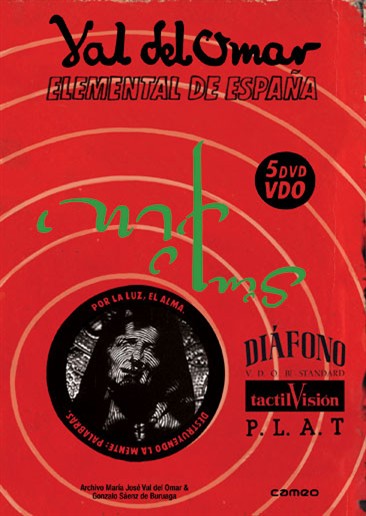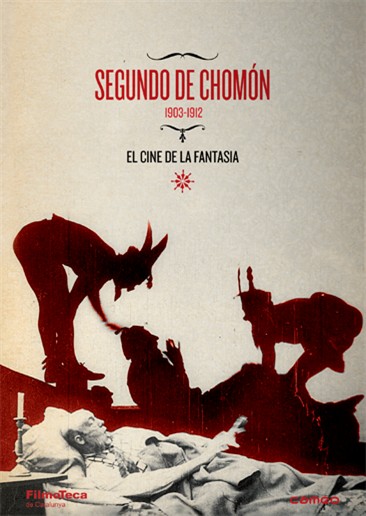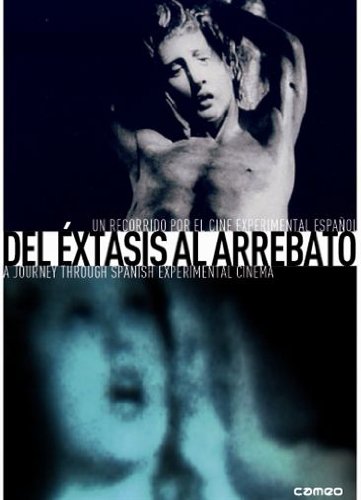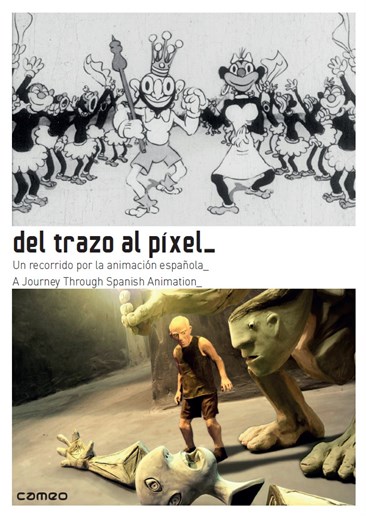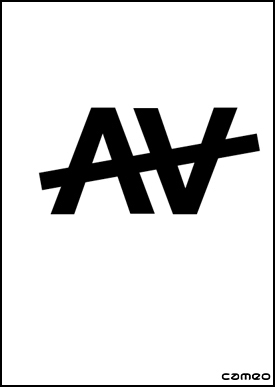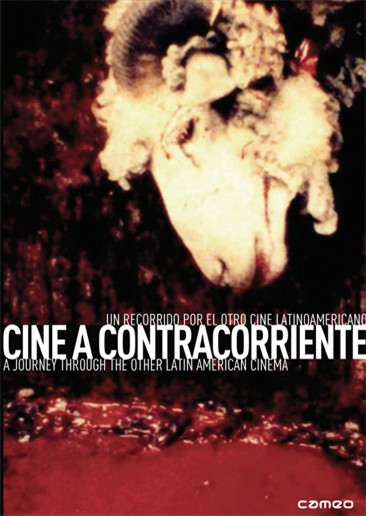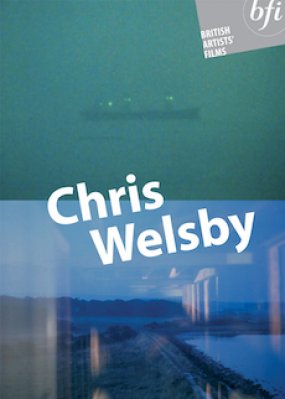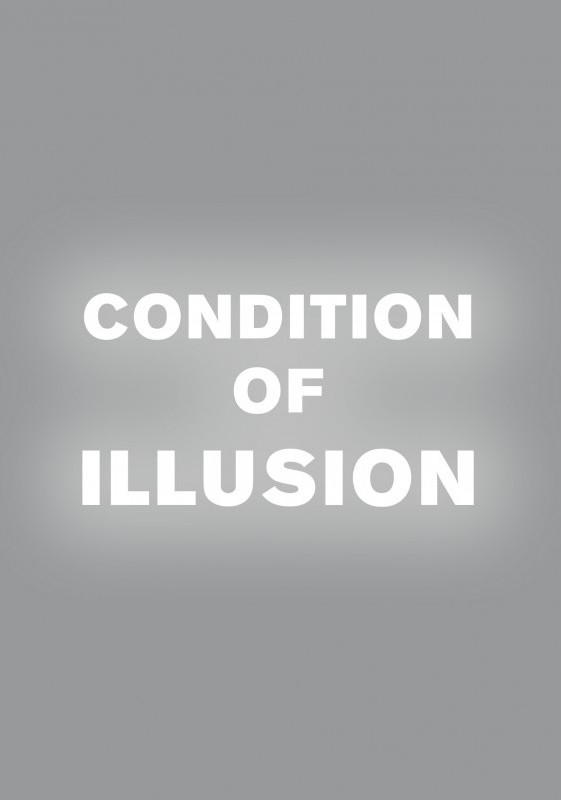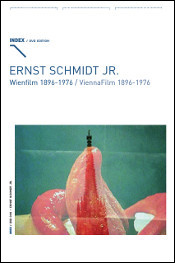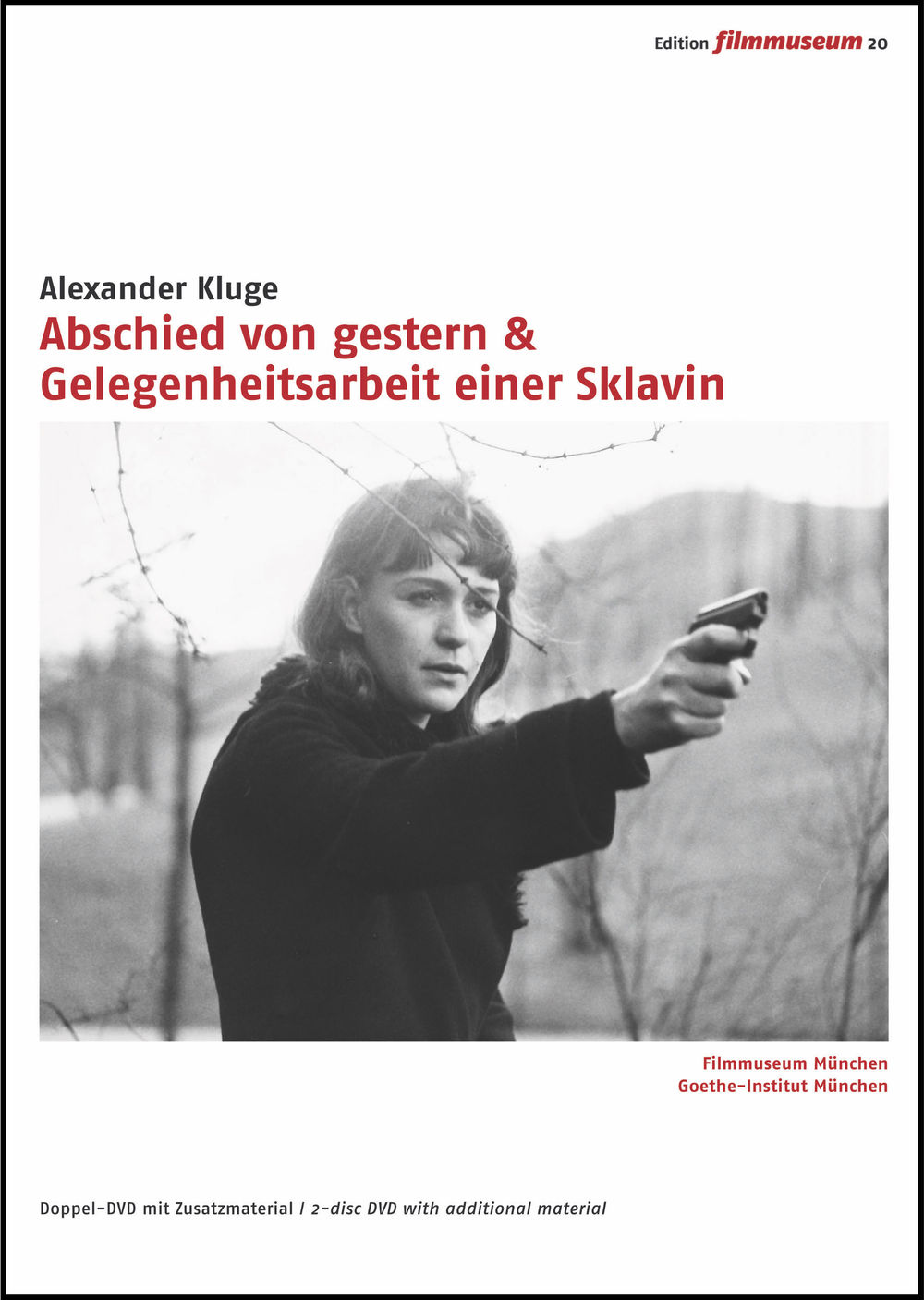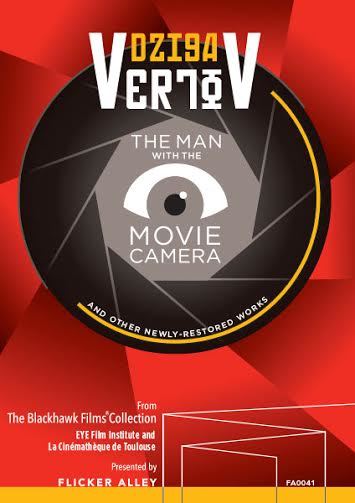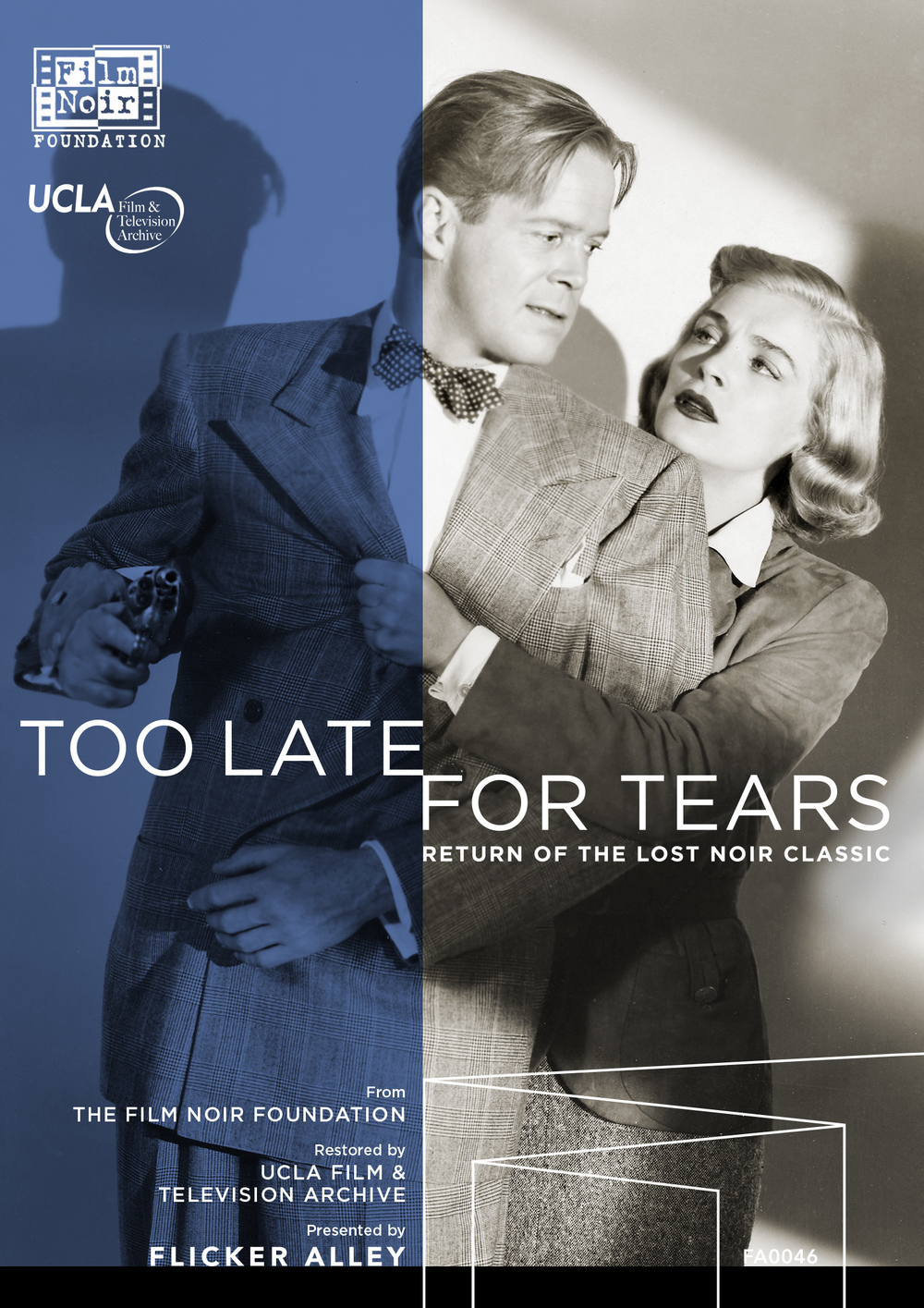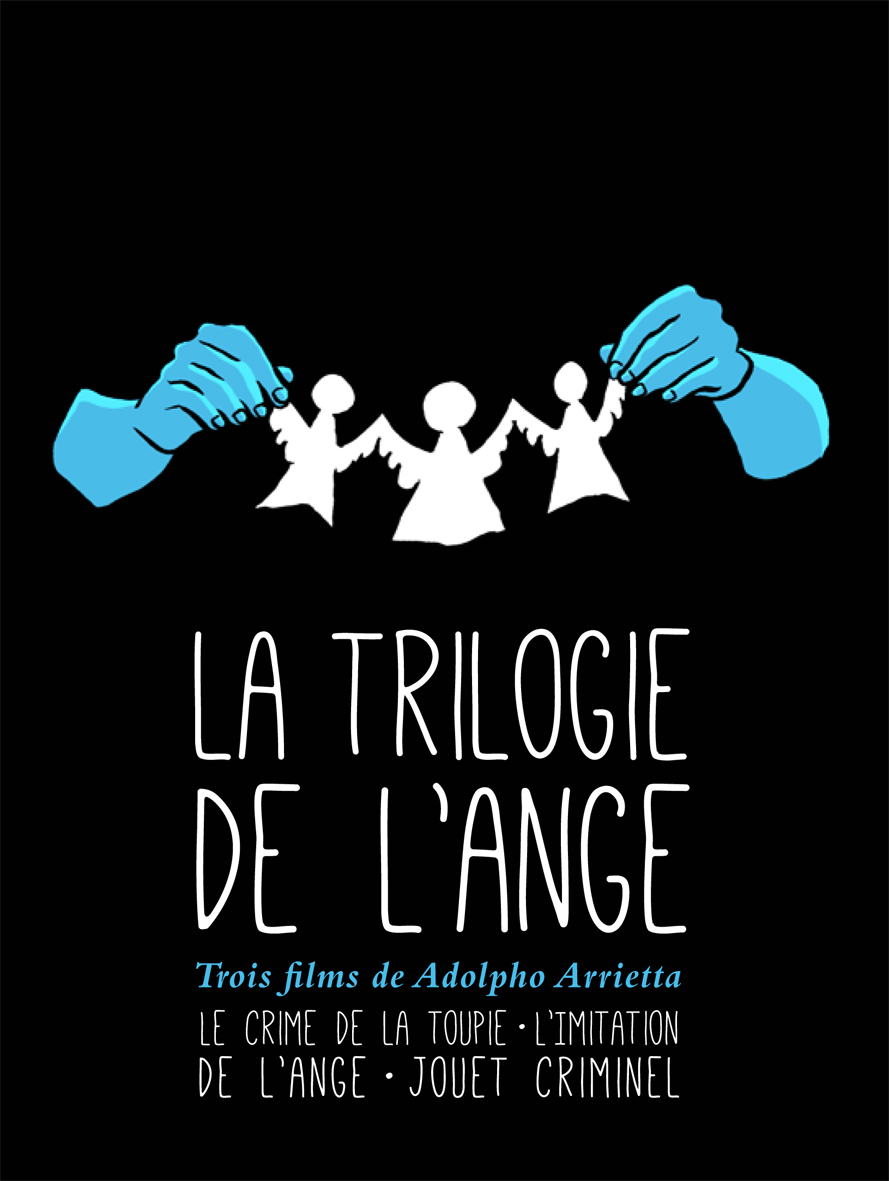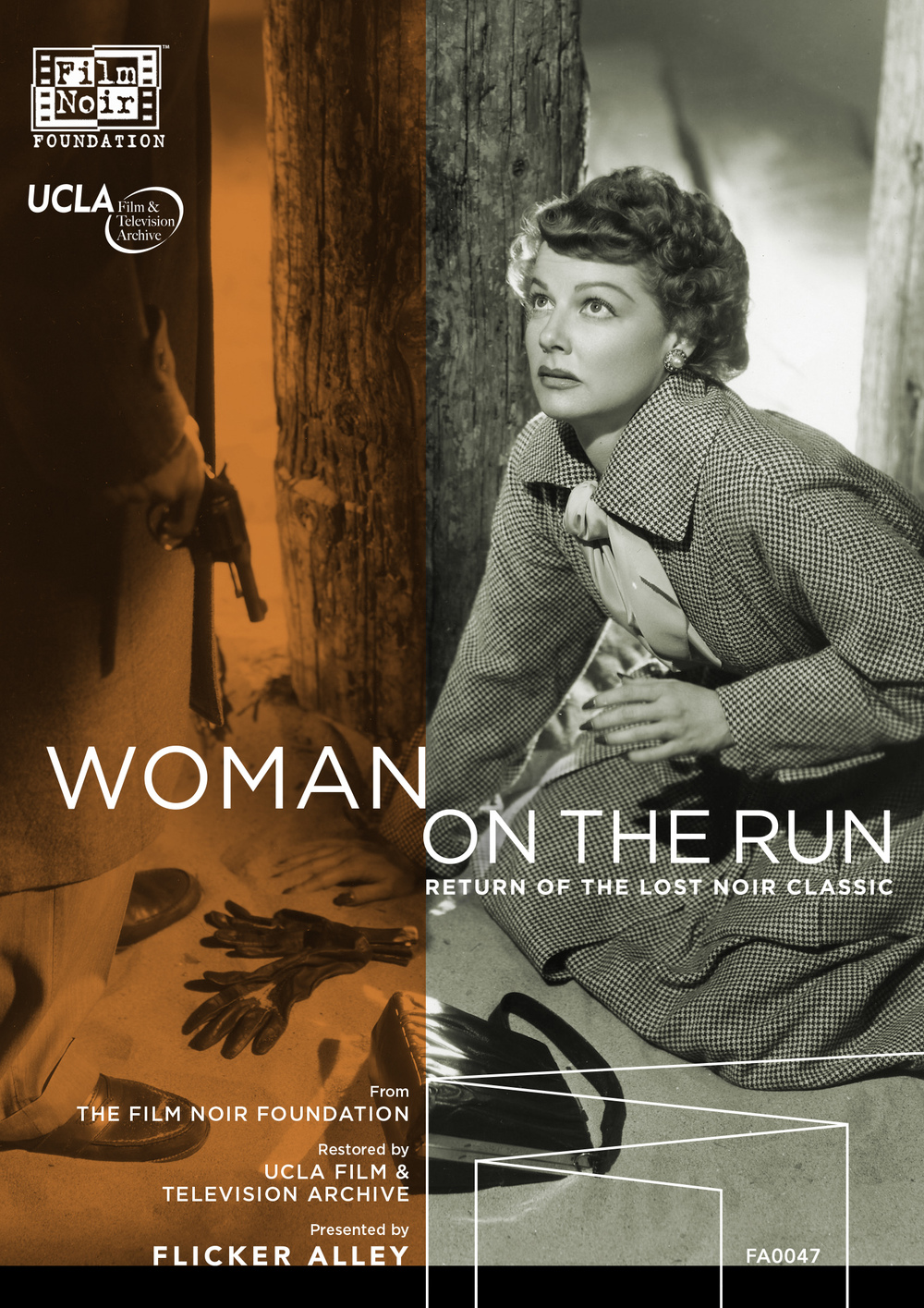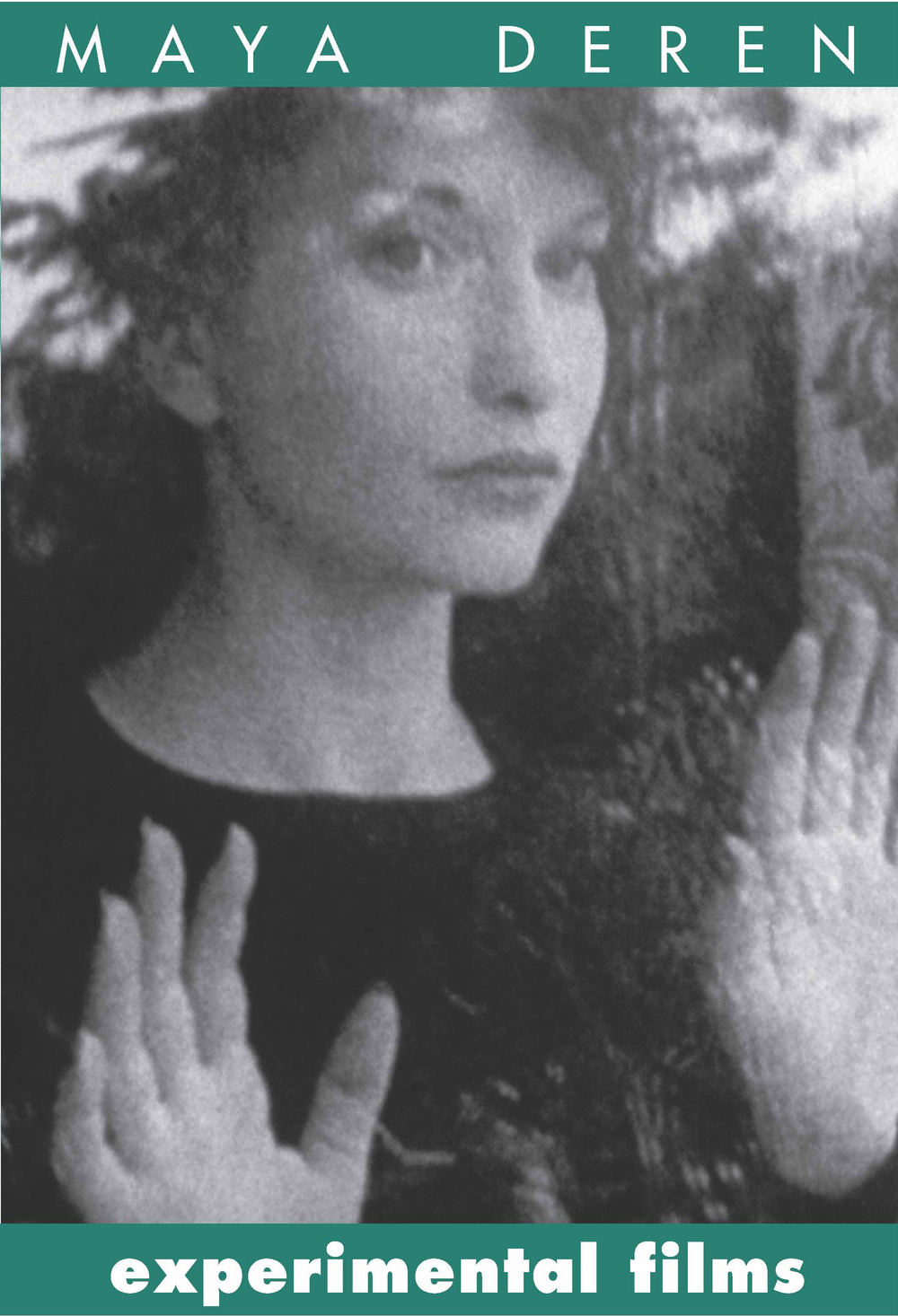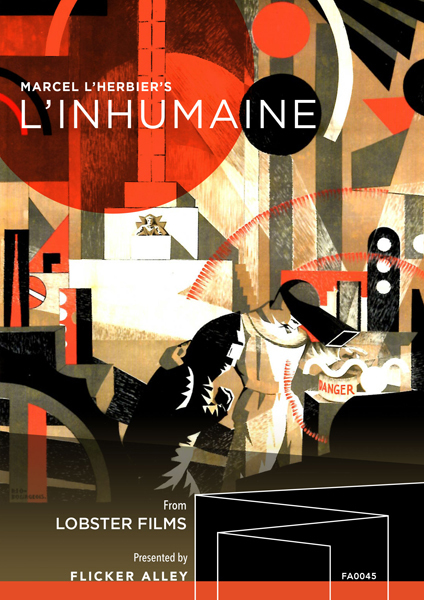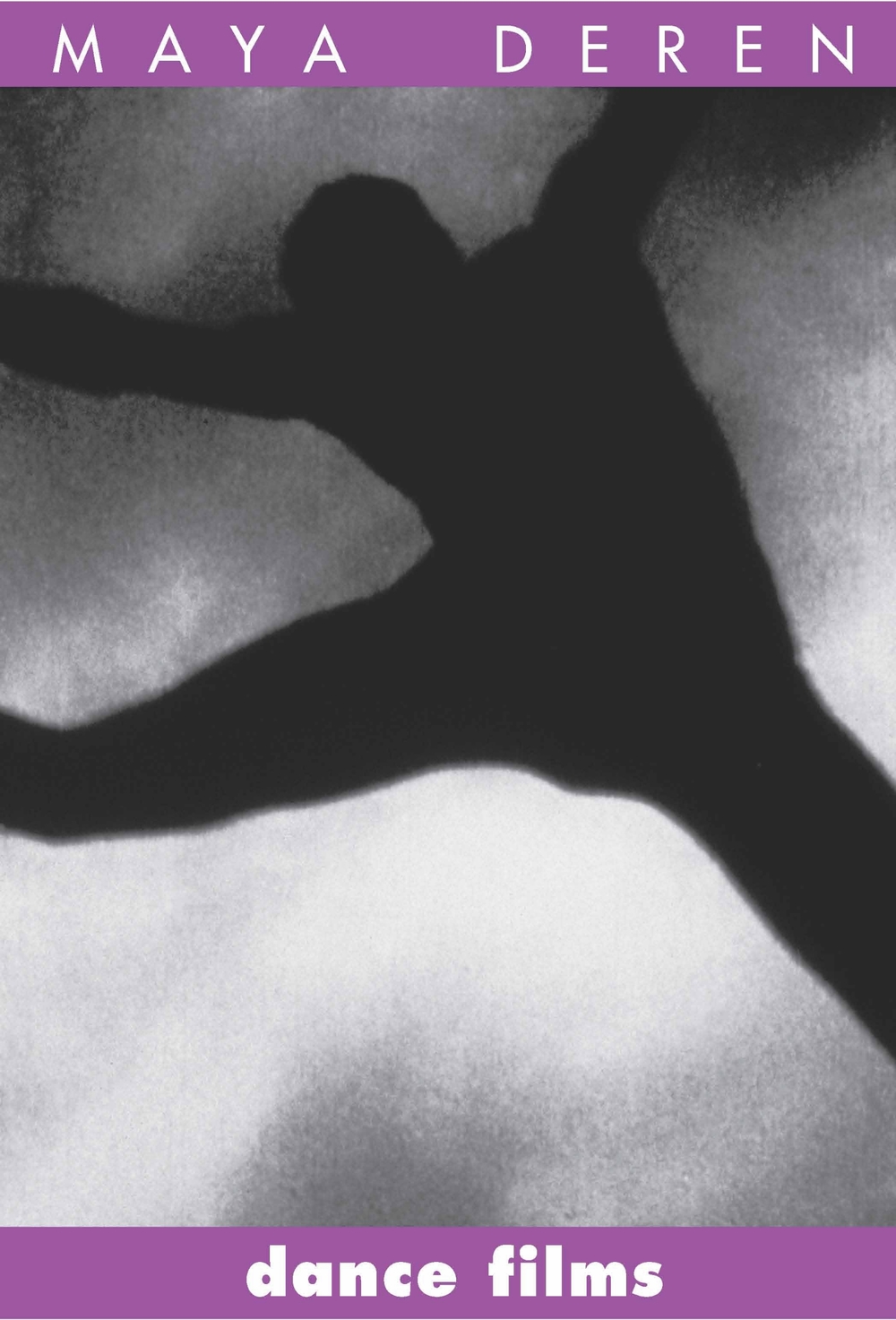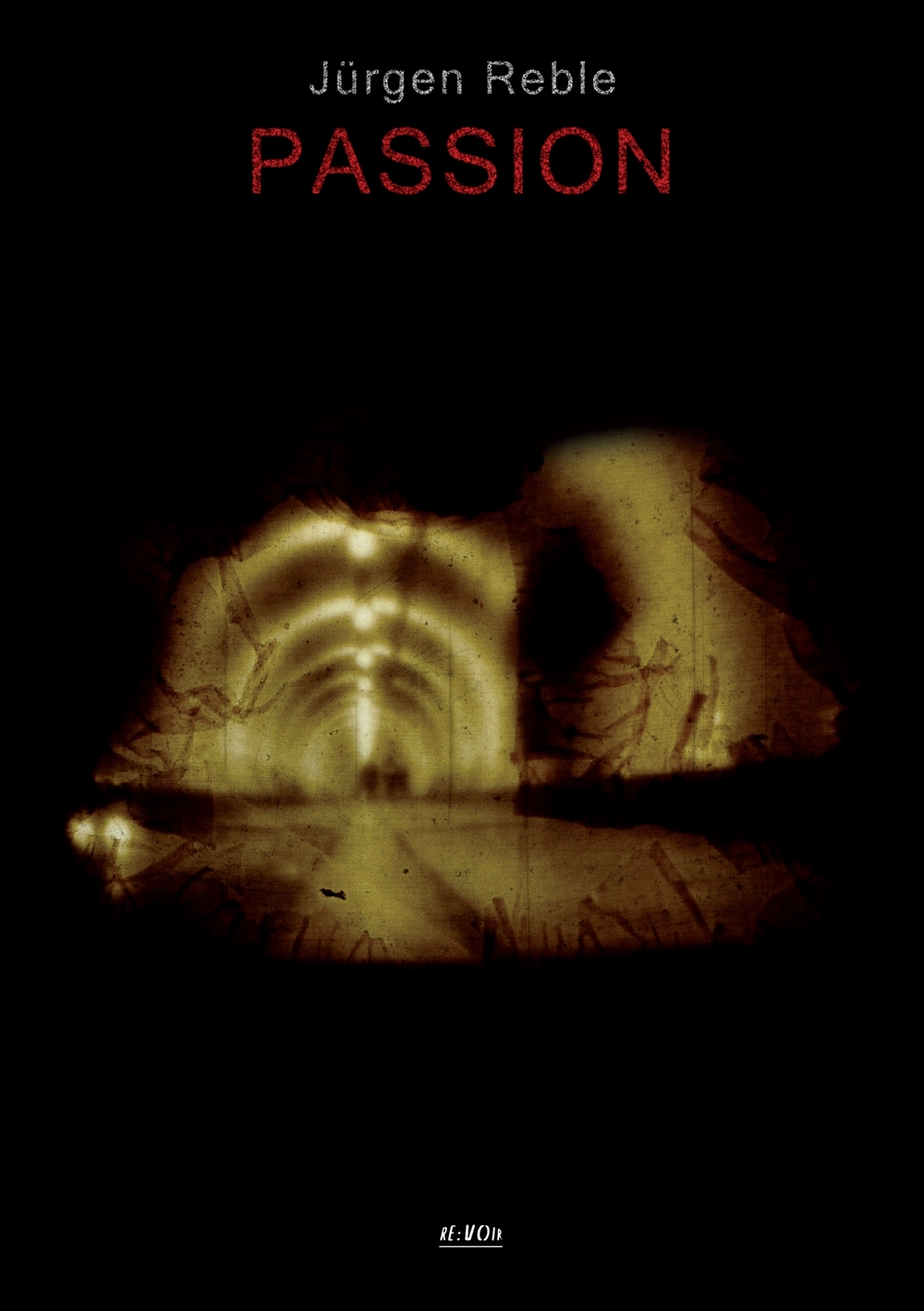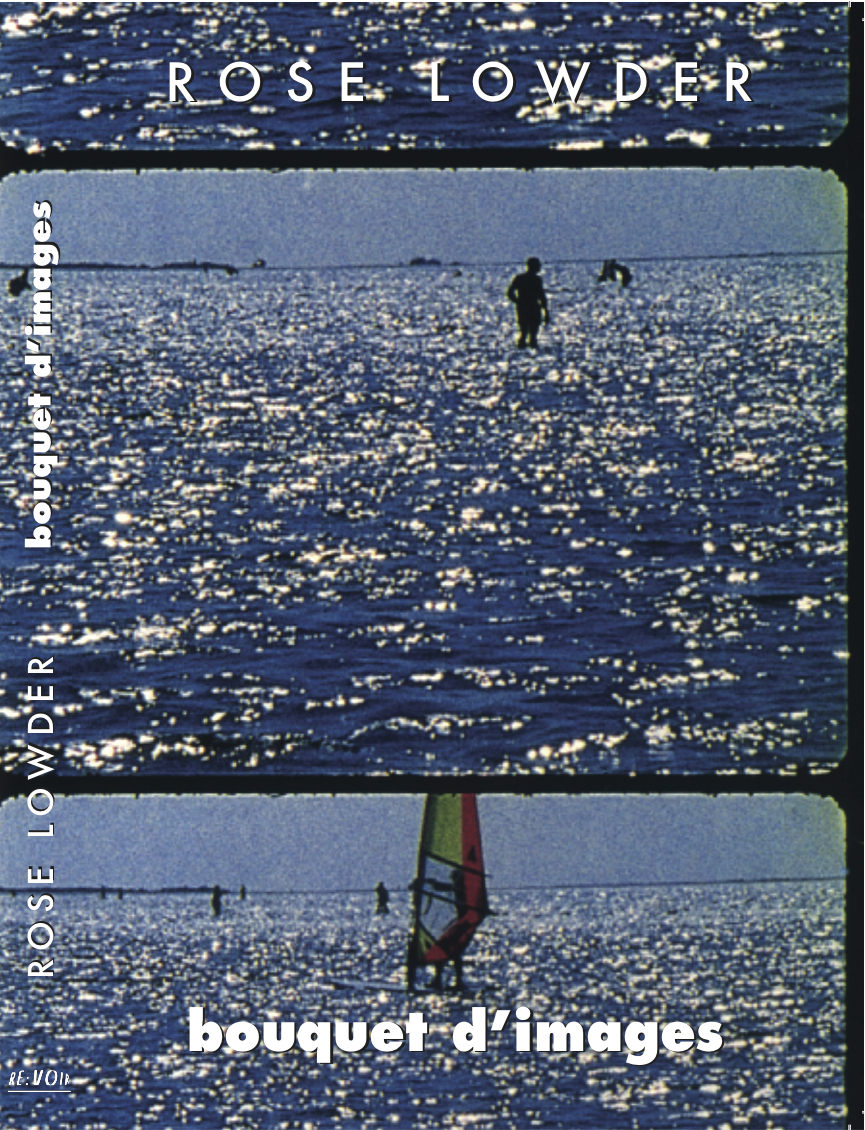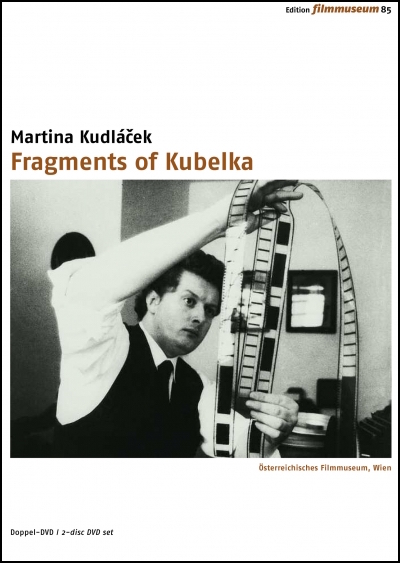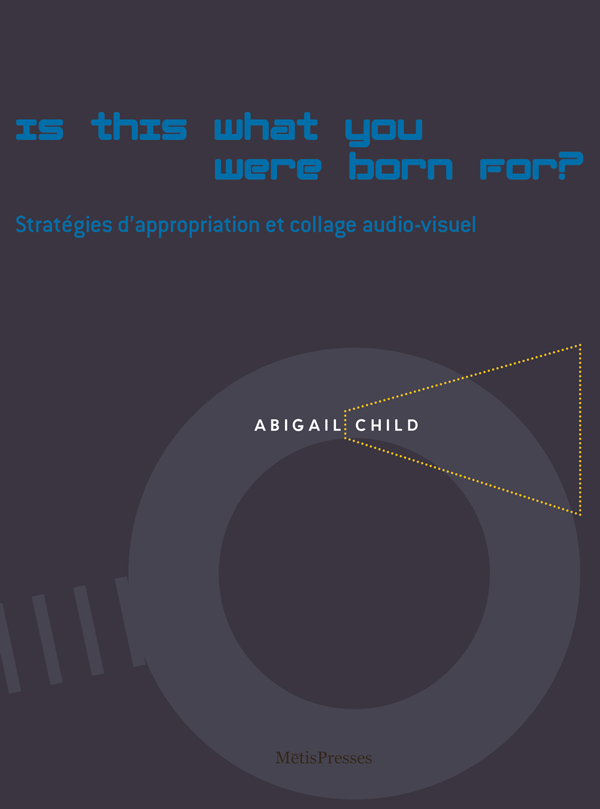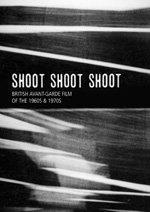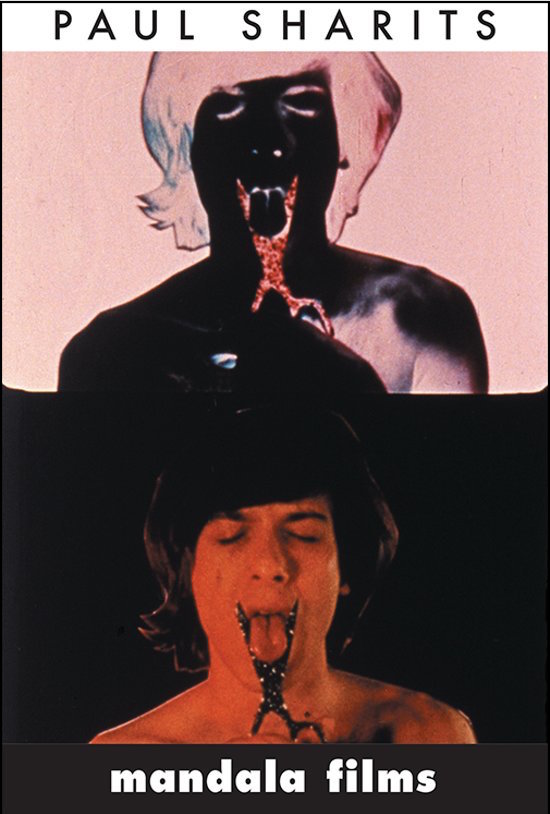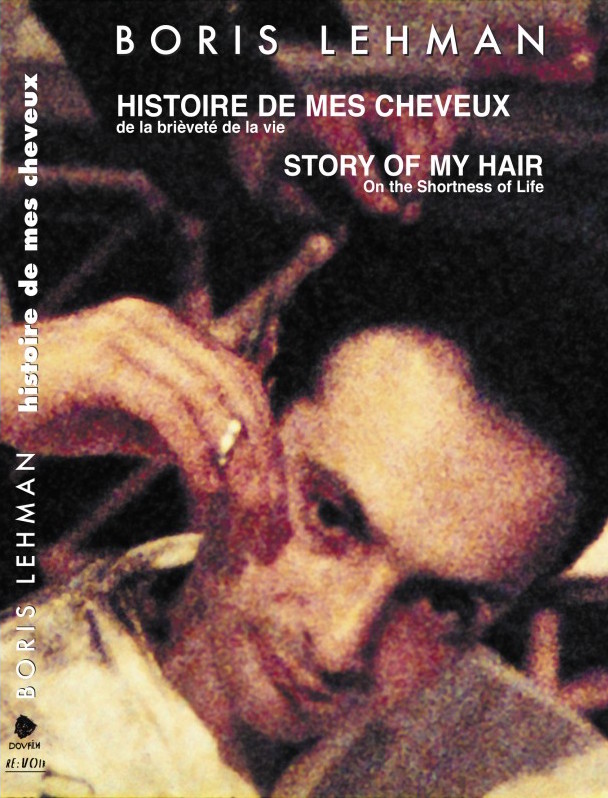With the spring academic season nearing a close, Gartenberg Media Enterprises is pleased to provide a recap of our most recent slate of DVD and Blu-ray publications for distribution to the North American academic community. These digital editions, selected from film archives and boutique publishers worldwide, represent the entire breadth and depth of moving image history, ranging from Marcel L’Herbier’s L’INHUMAINE (1924), a film that showcased the most cutting-edge modern arts in France and Dziga Vertov’s THE MAN WITH THE MOVIE CAMERA (1929), Soviet cinema’s crowning achievement produced at the apotheosis of the silent film era, through to Apichatpong Weerasethakul’s MYSTERIOUS OBJECT AT NOON (2000), the Thai director’s groundbreaking film that expertly blends cinematic fact and fiction in a manner that continues to defy both easy categorization and comparison.
◊
Dziga Vertov’s THE MAN WITH THE MOVIE CAMERA comes closest to realizing Vertov’s theory of the “Kino-Eye”. It is one of the great city symphony films in the tradition of MANHATTA (1921) and BERLIN: SYMPHONY OF A GREAT CITY (Walter Ruttmann, 1927), as well as one of the most important movies about the filmmaking process. This Blu-ray edition also includes other films in the Vertov canon, including KINO-EYE (1924), KINO-PRAVDA NEWSREEL #21: LENINIST FILM TRUTH, ENTHUSIASM (1930), and THREE SONGS OF LENIN (1934).
L’INHUMAINE stars the opera singer Georgette Leblanc; the melodramatic story concerns a femme fatale who is courted by a series of lovers, including a young engineer (played by Jaque Catelain), who symbolizes the future and the miracle of science. For the production of the film, L’Herbier brought together some of the greatest artists from the time period, including painter Fernand Léger, architect Robert Mallet-Stevens, glassmaker René Lalique, fashion designer Paul Poiret, sculptor Joseph Csaky, tapestry-maker Jean Lurçat, and directors Alberto Cavalcanti and Claude Autant-Lara, all of whom contributed to the striking visual design of this noteworthy film. This Blu-ray edition also includes as a bonus feature a short on the making of this stylized film.
◊
Maya Deren was one of the most pre-eminent avant-garde filmmakers of the 20th century, now represented by two DVD editions of her work: MAYA DEREN: EXPERIMENTAL FILMS and MAYA DEREN: DANCE FILMS. Her first film MESHES OF THE AFTERNOON (1943), is the most renown experimental film throughout all of film history. She became known as a major proponent of the “trance” film, and her movies are a transitional link between the European avant-garde films of the 1920’s (see, for example, CINÉMA DADA and SURREALISM AND EXPERIMENT IN BELGIAN CINEMA) and the American avant-garde films of Kenneth Anger, Gregory Markopoulos, Stan Brakhage and others. Deren was also a poet and developed an interested in modern dance. She collaborated with other artists, who also appeared in her films, including poet Anaïs Nin, musician John Cage, dancer Frank Westbrook, and her filmmaker-husband, Alexander Hammid.
◊
GME is pleased to present two DVD publications representing work by major proponents of the New German Cinema movement of the 1960’s, 1970’s, and 1980’s.
The DVD of YESTERDAY GIRL and PART-TIME WORK OF A DOMESTIC SLAVE comprises two films by Alexander Kluge that star his sister Alexandra Kluge in the leading role. YESTERDAY GIRL (1966) is about Anita G., a young East German woman who travels to West Germany in search of a better life. Encountering troubles with the law, she is ultimately unable to deal either with a Communist regime or a free-market economy. In PART-TIME WORK OF A DOMESTIC SLAVE (1973), Roswitha Bronski is a married mother of three at the center of the protest movement. She finds her plans for social change are easier to realize outside family life. The 2-disc DVD also offers five short films by Alexander Kluge related to the two feature films.
Following up on our previous DVD release of Werner Schroeter’s EIKA KATAPPA and DER TOD DER MARIA MALIBRAN, this current DVD set presents new restored versions of two rare classics by Werner Schroeter. WILLOW SPRINGS (1973) was shot in a village in the Mojave desert and describes a house run by three man-eaters. TAG DER IDIOTEN (1981) was shot in the USSR. A woman experiences psychic disintegration and ends up in a mental institution. Rare short films by and about Werner Schroeter as well as stills from the shooting of TAG DER IDIOTEN are added as bonus features.
◊
In order to further academic interest in genre studies, we are introducing two Blu-ray/DVD Combo pack editions of film noir movies, TOO LATE FOR TEARS (1949) and WOMAN ON THE RUN (1950). Both films were restored under the auspices of the Film Noir Foundation.
WOMAN ON THE RUN spotlights Ann Sheridan as an acerbic wise-cracking wife in search of her estranged husband who suddenly disappears after witnessing a gangland assassination. The films accomplished cinematography by Hal Mohr highlights the working class landscapes of mid-century San Francisco, adding atmospheric realism to the production that studio-bound efforts of the era could not hope to match. The film was directed by Norman Foster, noted for his capable handling of a series of the CHARLIE CHAN and MR. MOTO murder-mystery genre films of the 1930’s and 1940’s.
TOO LATE FOR TEARS was producer Hunt Stromberg’s last independent production, following a successful career in charge of THE THIN MAN comedic murder-mystery series for MGM in the 1930’s and 1940’s. Director Byron Haskin helmed a few noir titles in the late 1940’s, including I WALK ALONE (1948), staring Lizabeth Scott.
TOO LATE FOR TEARS provides Lizabeth Scott with the meaty role of frustrated housewife Jane Palmer, whose married life careens out of control with murderous greed when a suitcase filled with $60,000 is accidentally “tossed” to her and husband Alan (played by Arthur Kennedy). Beyond the fantastically theatrical turn by Scott, the production highlights an exceedingly devious performance by another noir icon, Dan Duryea.
◊
Gartenberg Media Enterprises is pleased to present DVD editions of works by contemporary Asian experimental narrative filmmakers, Hou Hsiao-hsien from Taiwan and Apichatpong Weerasethakul from Thailand. These two filmmakers represent the first Asian artists to be added to the GME distribution library, highlighting significant moving image works beyond the American and European regions of film production.
The most dynamic filmmaker of the Taiwanese New Wave, Hou Hsiao-hsien, has become one of the most important filmmakers in world cinema. His very recognizable, contemplative style has influenced a whole generation, not only in East Asia. The Belgian CINEMATEK has gathered three early films on this 3 disc edition: the romantic comedies CUTE GIRL (1980) and THE GREEN, GREEN GRASS OF HOME (1982) which Hou made for the Central Motion Picture Corporation (with its policy of “Healthy Realism”) and THE BOYS FROM FENGKUEI (1983), considered to be the turning point both cinematographically and aesthetically in his career.
“It has been argued that this discontinuous, open approach to storytelling offers further proof of Hou’s Chineseness. But there are few aspects to this narrative style that Hou doesn’t share with Fellini, Antonioni, Godard, Fassbinder, or Wenders.”
– Tom Paulus, “All the Youthful Days: Hou at the Beginning”
All three films have been restored by CINEMATEK under supervision of Hou Hsiao-hsien and in collaboration with the Film Foundation (World Cinema Project). Every film is accompanied by an audiovisual essay by Cristina Álvarez López and Adrian Martin. In the accompanying booklet Tom Paulus (University of Antwerp) comments on the early days of Hou Hsiao-hsien's career.
With his debut feature, MYSTERIOUS OBJECT AT NOON, acclaimed Thai filmmaker Apichatpong Weerasethakul expertly blended cinematic fact and fiction in a manner that fifteen years later continues to defy both easy categorization and comparison. A low-fi "genre bender," independently produced on a shoestring budget and subsequently endangered by neglect, MYSTERIOUS OBJECT AT NOON, has now been painstakingly restored by the Austrian Film Museum and the Film Foundation from the best surviving elements.
The film blends Thai popular culture with American documentary and experimental cinema, and contains, according to programmer and critic James Quant, “perplexing, and exhilarating conflation of genre (fairy tale, road movie, documentary, horror, science fiction, folk anthropology, musical) and tone (by turn sad, surreal, exuberant, teasing, harsh). Its style manages to be both ramshackle and concatenated: the film’s structure is linear and convoluted at the same time, its title a telling convergence of the unknowable (mysterious object) and the temporally exact (noon). If the precision of the latter turns out to be misleading – time in the film is largely unfixed, in flux, employing historical anachronism and refusing to mark either diurnal specifics or the three-year span it took to make the film – Object’s modus, as is often the case in Apichatpong’s subsequent work, depends on surprise and unreliability, a knowing errancy not only of narrative progression and coherency but also of such formal constituents as sound source and signature, succession of shots, and identification of setting and performer.”
◊
LES HAUTES SOLITUDES (1974) is the fourth DVD release we offer of the oeuvre of Philppe Garrel, following upon DÉTRIUSEZ-VOUS (1968), LE RÉVÉLATEUR (1968), and LE LIT DE LA VIERGE (1969). This silent black and white film focuses on the visage of 40-year-old star Jean Seberg, fifteen years after BREATHLESS, struggling with alcohol, fear, loneliness chemical dependence and dementia. In an hour and fifteen minutes consisting almost exclusively of close-ups, an entire lifetime rises to the surface of a face. For all their superficial similarities, Garrel’s underground films are the opposite of Warhol’s in several key ways. Warhol worked towards a system of casually disposable imagery and celebrity. Warhol’s cool distance and authorial strategy of absence couldn’t be more different from Garrel’s anguished involvement in his films, especially the essentially non-narrative works of the ‘70s where the director’s gaze and its relationship with its subject often becomes the center of drama.
Spanish avant-garde filmmaker Adolfo Arietta’s first three films, made while he was in his twenties, are presented together in this DVD edition entitled “The Angel Trilogy,” with an accompanying booklet that provides incisive background about the filmmaker and these films – EL CRIMEN DE LA PIRINDOLA (1965), LA IMITACION DEL ANGEL (1966), and JOUET CRIMINEL (1969). Filmed with a grainy black-and-white texture, they star youthful Javier Grandès, Arrietta’s alter-ego. Each film alternates between the terrestrial world and an oneiric vision (replete with the main protagonist wearing angel’s wings); he inhabits a world of waking dreams.
The first two films, EL CRIMEN DE LA PIRINDOLA and LA IMITACION DEL ANGEL take place on the streets and in Madrid’s apartment buildings. At the end of the latter film, the protagonist departs for Paris by train, escaping the oppression of Franco’s Spain to the City of Light (just as the filmmaker did in real life).
Once in France, Arrietta (and Grandès) encounter Cocteau’s favorite protagonist-hero, Jean Marais, who stars in JOUET CRIMINEL along with Florence Delay (the star of Bresson’s LE PROCÈS DE JEANNE D’ARC, 1962). Lotte Eisner, the esteemed critic, historian, and grande dame of the Cinémathéque Française wrote about JOUET CRIMINEL that “this film was made with the stuff of dreams.”
◊
Jurgen Reble, was a founding member of the German filmmaking group "Schmelzdahin" (1979–1989). This collaborative primarily focused on exploring the film material through bacterial processes and weathering. The filmmakers submitted both the film’s plastic base and its crystalline emulsion to multiple natural and mechanical alterations, sometimes exposing film to the sun (hung from the branches of a tree) or burying it. The films were then printed and sometimes mechanically altered on the optical printer.
They progressively abandoned experiments with bacterial decomposition, environmental effects, and mechanical alterations in favor of chemical intervention. PASSION is a personal film-journey in which Reble accompanies his unborn child through a ritual, following the seasons until his birth. Although similar in subject to Stan Brakhage’s WINDOW WATER BABY MOVING (1959), Reble’s film is a conceptual and stylistic departure from that film. Disruptions are caused by cosmic and natural phenomena (eclipses and volcanic eruptions), and human figures often disintegrate into vibrating chemical particles. Reble unites the molecular with the cosmic and birth with death, ultimately affirming the fragility of life, images of which are embedded on the substance of the organic celluloid film strip.
◊
Watch for our upcoming fall releases!





